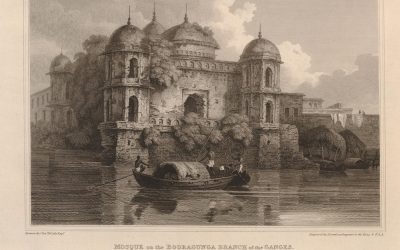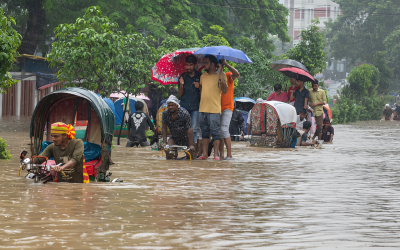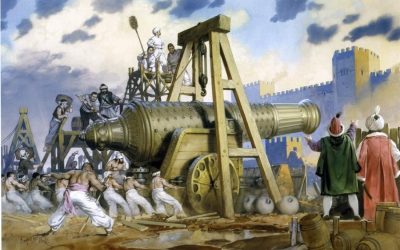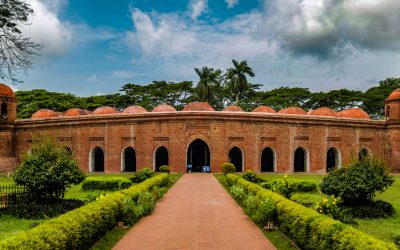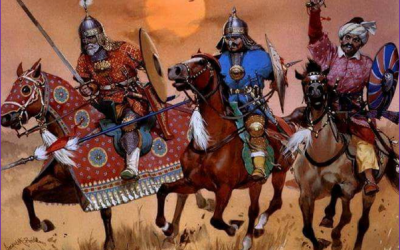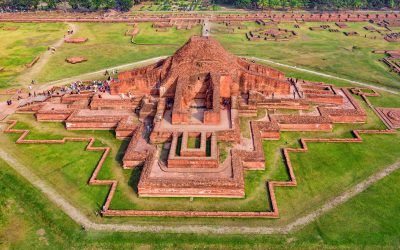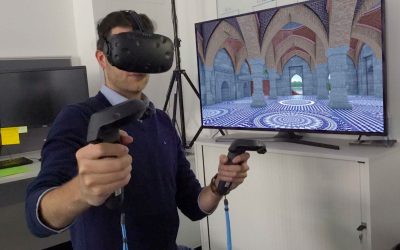Irfan Amin Patwary, Jahangirnagar University, Bangladesh
Knowledge is power in human life. Ignorance is the root of all suffering. So library plays a very important role for acquiring knowledge. One such outstanding library is the beacon of Bangladesh, the Rammala Library of Comilla also locally known as museum, standing on tradition. The founder is Babu Mahesh Chandra Bhattacharya. Along with the names of the museums and libraries, his name is also being pronounced with reverence.
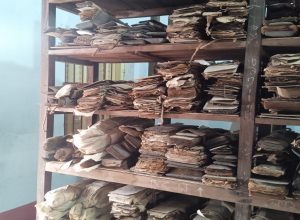
In 1912, a Sanskrit library and Museum was established in the sitting room of the founder’s house in Comilla. At that time Sri Suryakumar, one of the scholars of Ishwar Pathshala Tol, was managing the work of the Library and Museum. Mahamahopadhyay Pandit Annadacharan Tarkachuramani from Kashidham and Pandit Gurucharan Tarkadarshantirtha from Calcutta used to list the necessary scriptures for the museum and library. Books were kept in 4-5 cupboards then. Professor Dwijadas Dutta, Dewan Bahadur Bangachandra Bhattacharya, Navin Chandra Vyakarantirtha and Sri Suryakumar Smrititirtha used to read mainly scriptures. The scriptures written in Sanskrit language are not comprehensible to the common reader, therefore, on the request of some local people, some Bengali books and major monthly magazines are also started. Gradually, the library also started collecting manuscripts. These stories are written on edible paper, bhojpata, talut paper and palm leaves. The manuscripts of nearly 200 years old is still kept in this Library & Museum.
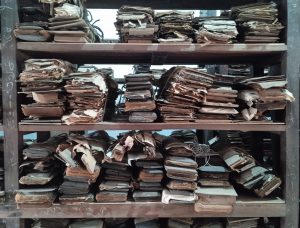
Speaking of museums and libraries brings to mind the beloved literary figure Rajkumar Mukhopadhyay. He wrote, ‘Many think that the state is at the root of the development of American libraries. But that’s not true, even there the real development of the library started as a result of the great man of Dale Carnegie and even today the state does not directly spend money on the library. It seems a little surprising. But this is not surprising; That’s because public libraries belong to the public and the public will spend money to improve the library. The public is not at all averse to spending the little money which is privately expended for the improvement of the library. That’s because the public understands the value of the library there – the public knows how well the library can meet their needs.’
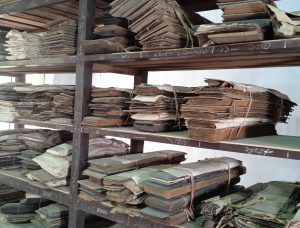
Similarly, Babu Mahesh Chandra Bhattacharya is a genius of Bengal. Babu Mahesh Chandra Bhattacharya is one of those who tirelessly sacrificed their lives for the betterment of the country and the people in pursuit of a noble goal in human life.
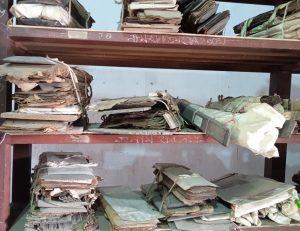
Relying on hard work, integrity, perseverance, self-confidence and noble ideals, he rose from abject poverty in life pursuits. Once he did not get the opportunity to study due to poverty but later earned money and served the country. This great man was born on December 1, 1858 in Bitghar village under Nabinagar Thana of present Brahmanbaria district in Comilla. His father Ishwardas Tarkasiddhanta was a scholar and mother Rammala Devi was a devout woman. Parents’ ideals of truth and justice have influenced his life the most. The ideal that Mahesh Chandra Bhattacharya has set before us all by spending his earned money in the service of the country and people is unique. ‘Rammala Museum and Library’ is one of his immortal achievements. In 1912, in the name of his mother, he established the Rammala Museum and Library to facilitate the research of the scholars and the knowledge-seeker people of the region. This institute is playing a great role in the welfare of the researchers and poor students of rural area.
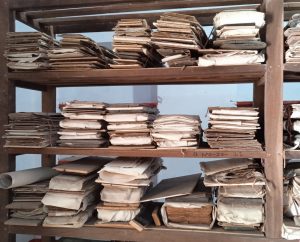
At present it has three divisions. For example:
(1) Research Department, this department is divided into three sections: Indian Culture, Vedas and Comparative Religion.
Indian Culture: A novel civilization arose in ancient India. The bright sign of this civilization is the huge literary wealth. A number of rare books on the ruined civilizations of ancient India have been written by earnest research by scholars of the East and the West. The main objective of establishing ‘Ramamala Museum and Library’ is to collect, preserve and promote the ancient Indian literary resources and to show the world the shrines built or shown by the great people of the ages.
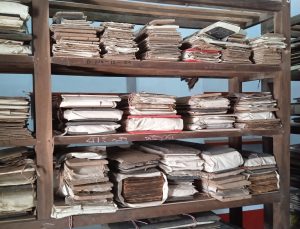
Vedas: Puranas, Ramayana, Mahabharata, Bhagavad Gita, Manusinghata, Shakuntalam and Tantram. Kavya – Sanskrit and translated works of the poet Kalidasa. Buddhism – Tripitaka root, Hinayana and Mahayana. Jainism – Original Translation. Vaidyaka- the ultimate Samhita, Sushruta Samhita. Astrology- Astrology, Mysticism, Astrology, Surya Siddhanta, Nyaya and Mimamsa Literary Philosophy, Classical Literature, Arthashastra, Ethics, Kautilya’s Arthashastra, Alankara Literary Philosophy are found here.
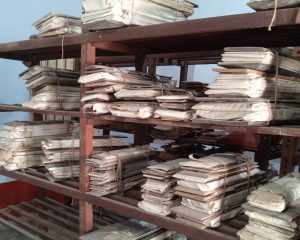
(2) General Section: The books of this section are written in Bengali and English languages. Religion, philosophy, ethics, history, essays, poetry, stories, novels, dramas, Ramakrishna, Vivekananda literature, Swarupananda writings, biographies of countries and abroad, travelogues, religious, social, political, children’s fiction books suitable for general reading written in Bengali language. There are Bengali, English, Hindi newspapers including weekly, monthly and quarterly periodicals are found here.
Bangla Newspapers: Anandabazar, Loksevak, Purbadesh, Desh, Prasabi, Basumati, Bharatvarshi, Mansi, Marambani, Ananguha, Banik (directed by Mahesh Chandra), Sabujpatra, Grihastha, Grihalakshmi, Mohammadi, Sanstho (health) Samachar, Chultaprakash, Tripurahitaishi, Sangh- Shakti, Pubarsha and many other periodicals are in this category.
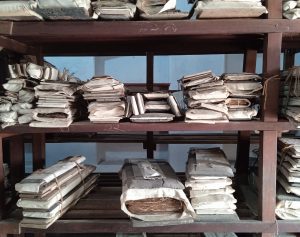
Hindi Magazines: Vedic Dharma (religion), Kalyan Dharma, Harijan (Bangla-English), Cherag, Yugadharma, Saraswati, Chandi, Chand Bhudan Yajna (Bangla) are found here.
English Magazines: Prabuddha Bharat, The Modern Review, Calcutta Review, The Indian Historical Quarterly, Indian Culture, Hindu College Magazine, The Journal of the Asiatic Society of Bangal, The Philosophical Quarterly in this section is stored.
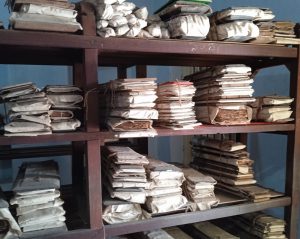
(3) Manuscripts Department: This department has a rich collection of ancient Sanskrit and Bengali manuscripts. There are most of the Sanskrit books from three to four hundred years ago, of which about two thousand are written on palm leaves. There are around two thousand manuscripts in Bengal. The founder planned to collect manuscripts for the museum and library and eventually about eight thousand manuscripts were collected. All these manuscripts were collected from Tripura (now Comilla), Noakhali and Sylhet districts. The names of those who have donated manuscripts and scriptures to the manuscripts section of the Rammala Library are recorded in print. According to the printed list, till 1939, 27 persons donated manuscripts and scriptures to the Rammala’s manuscript department. The subjects of the collected manuscripts are – Vedas, Tantras, Kosagranthas, Poetry, Grammar, Astrology, History, Puranas, Dharma, Ramayana, Mahabharata, Satyanarayan Panchali, Satyapir’s Panchali and Shanir Panchali etc.

In an agreement with Dhaka University, about 2500 manuscripts of Rammala Libraries manuscripts Department have been microfilmed for the University. Many researchers from home and abroad come to Rammala Libraries manuscripts Department for research on various manuscripts. Pandit Prabar Rasmohan Chakraborty, the former chief librarian of Rammala Library, compiled the book ‘Sarbollas Sanskrit Tantra’ written by Sarbananda Tagore in 1941 and won the praise of the learned society of the country. Many believe that the manuscript section of the Rammala Library is a strong medium to preserve, carry and promote the education, culture and civilization of the former Indian subcontinent (Present day Bangladesh).
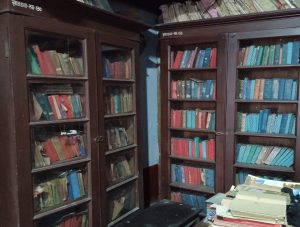
Besides, the scriptures of various religions are preserved in the collection of this library, so that it can play a special role in life-character formation for the general reader. Manuscript section has ancient Sanskrit and Bengali manuscripts. No fees or payment is taken from the reader. Any reader and researcher can study in this library. It is open to all.
According to the information obtained from the museum, poet Ishaq Siddiqui used to visit Rammala library regularly around 1987-88. The poet said that there were rare books in the Rammala library, which were not available even in Kolkata. Many people used to come here from far away. Necessary books were also easily available.
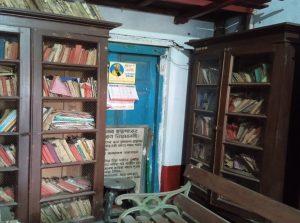
Because Rammala Library had a clean index of all the books in its collection, which is not available anywhere else.
At present, Dhaka University has microfilmed the precious manuscripts (about two and a half thousand) of the manuscripts department. It is a commendable initiative. The contribution of Rammala Library to the education and culture of our country is immeasurable. Rammala Library is a favorite among researchers. Many famous person have visited this library.
On March 28, 1938, Professor Humayun Kabir came to the Rammala Museum & Library from Calcutta University. Write in the comment book – The library with the hostel is also amazing. Nowhere else have I seen such a collection of comparative Religious books in rural town. Invaluable resources for researchers are preserved here. Congratulations to the founder.
The original Rammala Museum and Library building was constructed at a place called Shaktala on the outskirts of Comilla town (opposite to the present Comilla Education Board). The establishment of Rammala Library in this beautiful building in 1953 was a great event in the region. The Rammala Library shines in the lap of quiet dense countryside. This town is lit up. Many scholars including Pandit Prabar Rasmohan Chakraborty have studied and researched in this museum. Aspiring students and researchers come to this Rammala library for the great service of the society and the people of the country by removing the darkness of the mind with the light of knowledge.
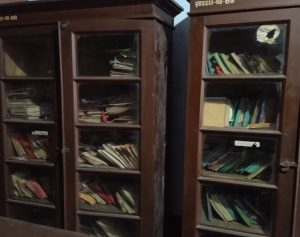
Babu Mahesh Chandra Bhattacharya thought that the establishment of museums and libraries would advance the education and research sector. People can know and understand each other through knowledge. The library is the only lamp, which always dispenses light, but never expects anything. In the discussion of religion and philosophy and science, human error is removed and in the calm shade of knowledge, people are able to attain eternal peace. He established ‘Rammala Museum and Library’ in the name of his mother in 1912, there again in the name of his father in 1914 he established Comilla Ishwar Pathshala School and Rammala Hostel in 1916. According to the information collected, there are currently around 100 students in the hostel, who are being provided food and accommodation with little cost. Devalaya was established in 1917 by Babu Mahesh Chandra Bhattacharya. In 1919, he established girls hostel and primary school. He founded Natya Mandir in 1925. The following year in 1926, the students of Rammala Hostel gave reception to Rabindranath Tagore. Researchers from British libraries also come to that traditional Rammala museum and library. Searches for various rare information.
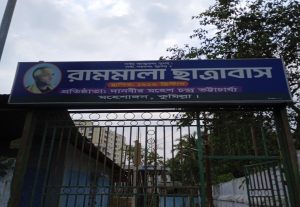
The Research Department has various books on Islamic Philosophy, Buddhism, Christianity and other religions and philosophies. Besides, there are books on history, Bengali literature and philosophy. In the general section, there are various books, history, travelogues, novels and magazines suitable for general readers including students. The manuscript department has rich collection of ancient texts, also has traditional religious and philosophical manuscripts on culture. The manuscripts have been collected from remote areas of the country in exchange for money.
Source
- Rammala Library & Museum (Visit – 02 June 2024).


